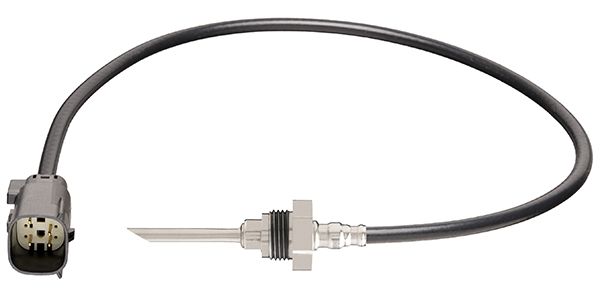Oxygen Sensor And Catalyst Efficiency
The catalyst efficiency monitor verifies that the catalytic converter is operating at a high enough efficiency rating to keep exhaust emissions within predetermined values. The PCM compares the signals from the upstream and downstream oxygen sensors to determine the state of the converter. These “tests” are called the readiness monitors.

VIDEO: Why Do Diesel Engines Need EGR?
Doug Kaufman discusses diesel engines and why even modern engines need an EGR system. Sponsored by Blue Streak.
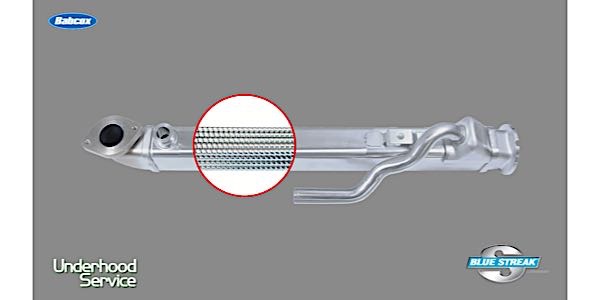
Catalytic Converter Replacement
If you are replacing a catalytic converter for a customer, it is not the same as replacing a muffler or pipe. Since the catalytic converter is an emissions device that is federally and locally mandated, documentation is just as key as proper installation.
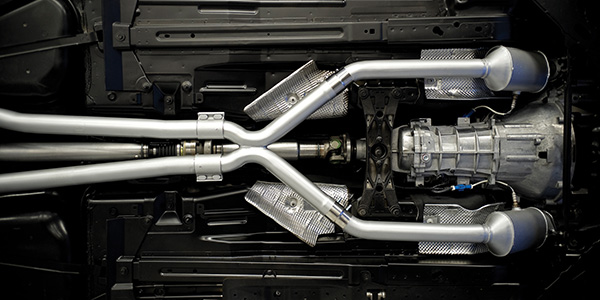
VIDEO: EVAP Water Leak TSB For Nissan Sentra
Andrew Markel discusses a TSB from Nissan regarding a water leak in the EVAP system, and how moving the position of the box drain should remedy the issue. Sponsored by Nissan.
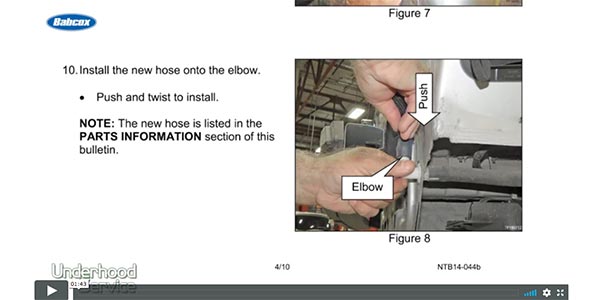
VIDEO: Solving An EVAP Leak Issue With A TSB
Andrew Markel discusses common EVAP system codes and how a TSB can help quickly solve this diagnostic dilemma. Sponsored by Nissan.
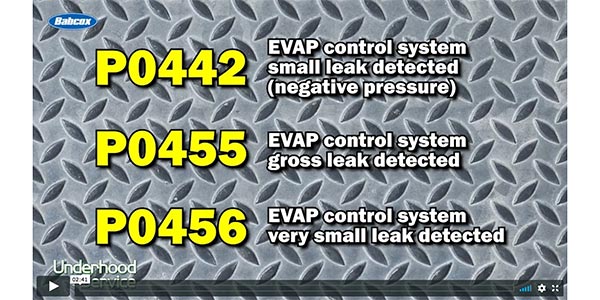
Dodge Tech Tip: Oxygen Sensor Codes
If the vehicle has any O2 sensor-related DTCs stored, pending or active, perform the repair procedure.

Nissan Tech Tip: Permanent DTC (P-DTC) Information
Starting with 2010 Model Year, Nissan vehicles have been gradually incorporating a new type of DTC known as “Permanent DTC or P-DTC.” If a vehicle is equipped with P-DTCs, all emission-related DTCs will also set a P-DTC if the MIL is turned on.
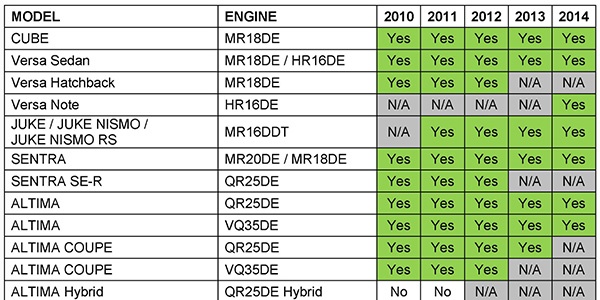
Top EVAP Tips When Replacing Fuel Pumps
Nothing is worse that an EVAP code after a fuel pump has been replaced. Discovering that the tank needs to be dropped again to address a problem can kill shop productivity and profitability. Keep reading for tips that can help you avoid comebacks and dropping the tank for a second time.
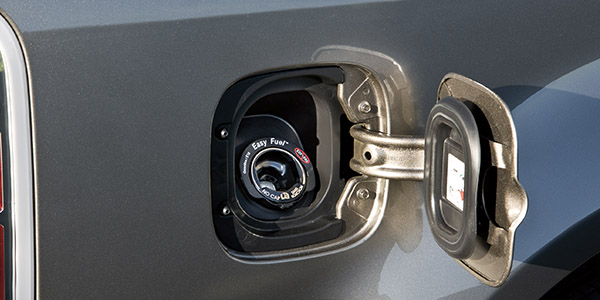
Scan Tool Freeze Frames: Using Generic Data To Make A Specific Diagnosis.
As part of OBDII, Mode$02 for the logging or freeze frame data was created. This diagnostic protocol saves data PIDs and information when a code is set. In 1995, freeze frame gave technicians a powerful diagnostic tool that was previously only available on expensive factory tools.

Mazda Tech Tip: Sulfur Or Rotten Egg Smell/Odor From The Exhaust
On some Mazda vehicles, a sulfur smell or rotten egg odor may be noticed coming from the exhaust system. The odor is usually noticed after a cold start, fast idle, extended periods of idling and full-throttle acceleration. The sulfur smell is not an indication of an engine concern and will not cause reduced driveability or durability of the engine or any of its emission components.
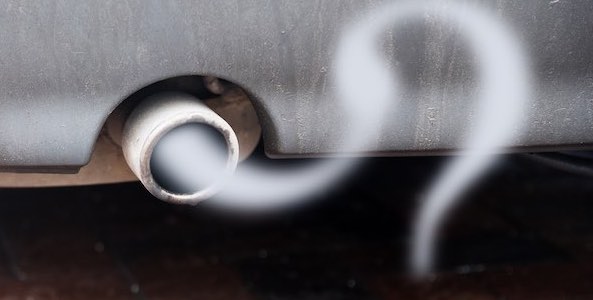
EGR And Secondary Air Injection And Emissions Management
The perfect internal combustion vehicle would be able to put the exact amount of fuel and air into the combustion chamber. If the perfect combustion event were to occur, you would get nothing more than water and carbon dioxide as byproduct. There would not be any unburned fuel or oxygen. Combustion would occur at the right temperature so oxides would not combine with nitrogen and carbon to form nitric oxides (NOx) and carbon monoxide (CO). This perfect car would not need a catalytic converter or any other emission-control device.
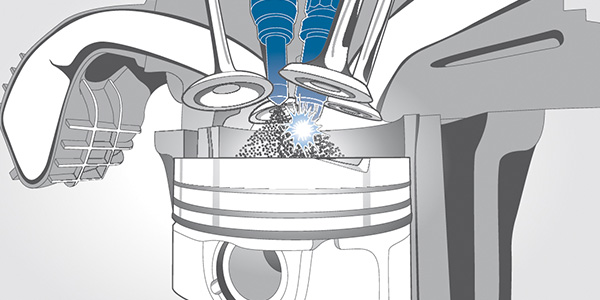
Finding The Leak: Detecting Small EVAP Leaks
Leaking vapors of fuel are more destructive to the environment than tailpipe emissions. The vapors from an Evaporative emissions system (EVAP) contain volatile organic compounds that can cause health problems and contribute to haze and smog in some cities. In China, much of the pollution in cities is caused by unburned fuel vapors.
